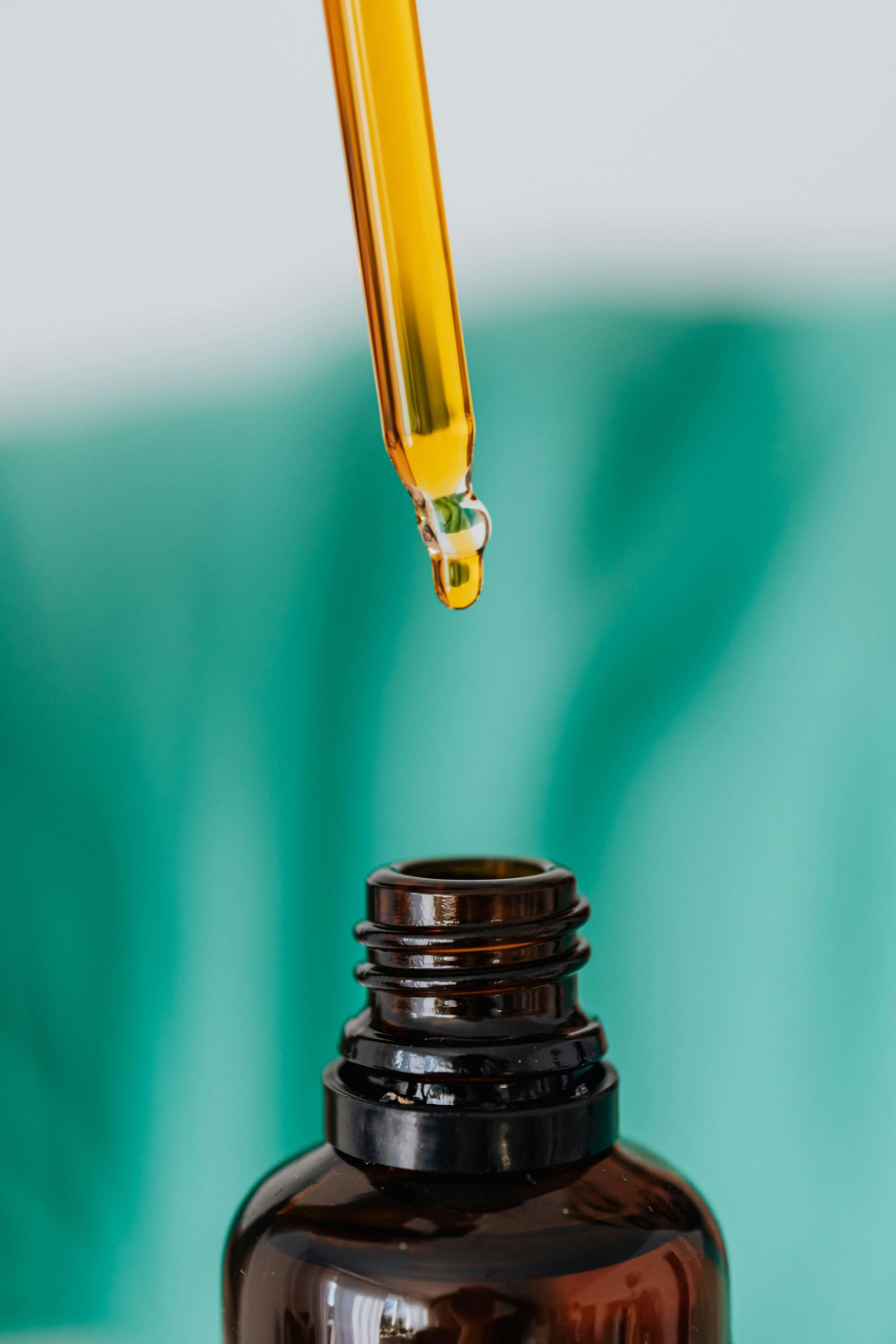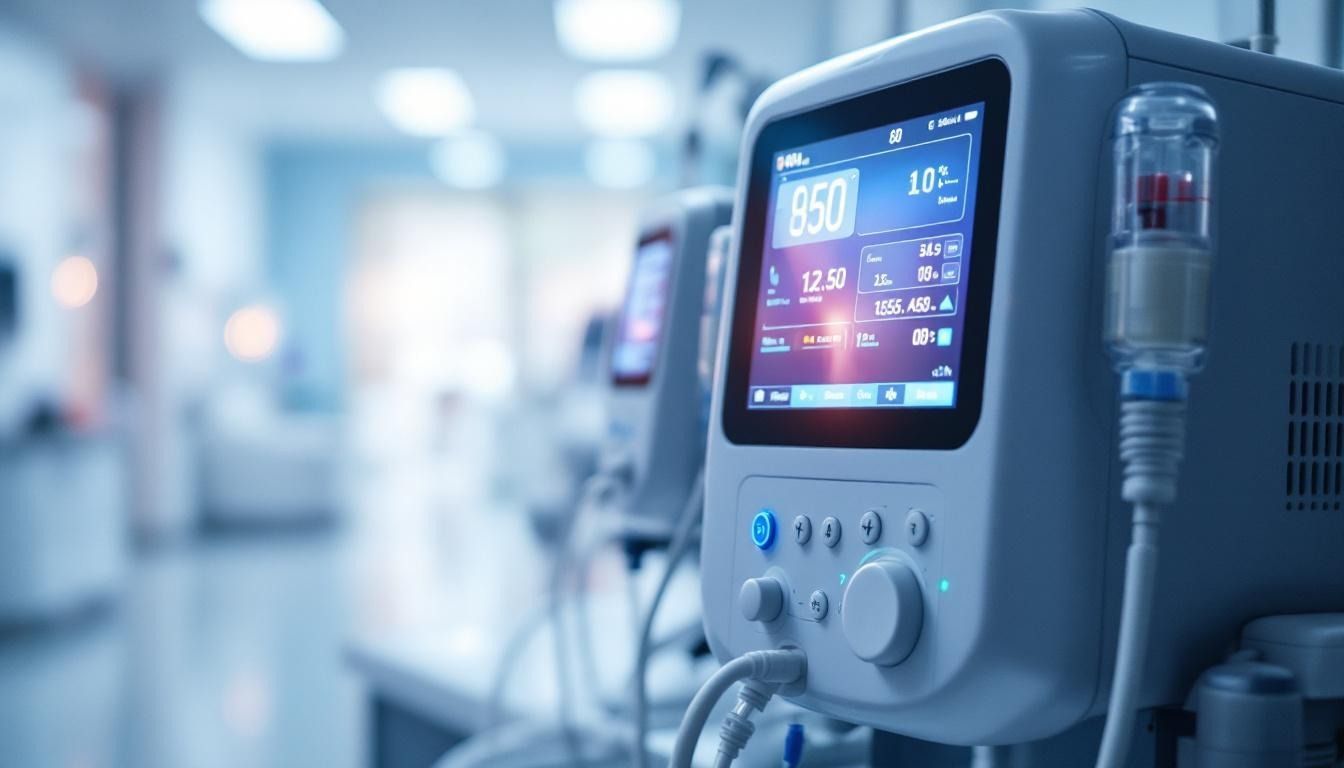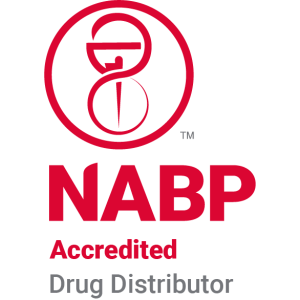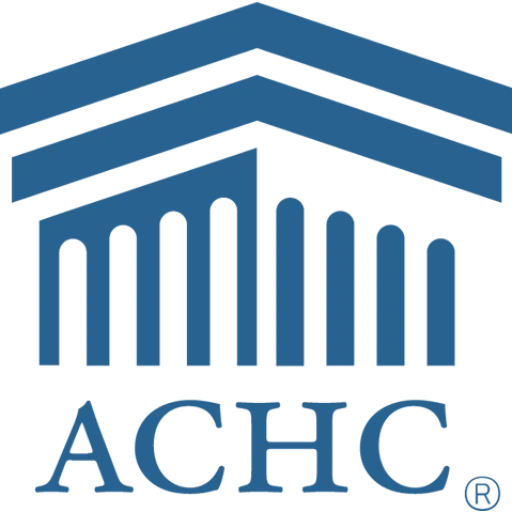Understanding parenteral nutrition
Introduction to Parenteral Nutrition
Parenteral nutrition (PN) is a crucial intervention for individuals whose nutritional needs cannot be met through oral or enteral feeding methods. This specialized form of nutrition involves administering nutrients directly into the bloodstream, bypassing the digestive system. PN is particularly significant for patients with compromised gastrointestinal function due to medical or surgical conditions. This article will delve into the essentials of parenteral nutrition, its components, indications, and the critical considerations for its administration, along with a comparison to enteral feeding techniques.

What is Parenteral Nutrition (PN)?
Definition of PN
Parenteral nutrition (PN) is a life-saving medical intervention that delivers essential nutrients directly into the bloodstream. This bypasses the digestive system, making it crucial for individuals unable to absorb adequate nutrition through oral or enteral feeding methods. PN is typically administered through a catheter inserted into a vein, often in cases of intestinal failure or other severe medical conditions.
Components of PN
The formulation of parenteral nutrition is customizable to suit an individual's specific health needs. Generally, the main components include:
Each PN solution is tailored to meet the unique requirements of the patient, considering their specific condition and nutritional needs.
Types: TPN and PPN
There are two primary types of parenteral nutrition:
Monitoring and careful consideration of the risks associated with PN, such as infections and metabolic imbalances, are necessary to ensure patient safety and health outcomes. Regular assessments are conducted to adapt the nutritional plan effectively.
Understanding Total Parenteral Nutrition (TPN)
Explanation of TPN
Total Parenteral Nutrition (TPN) is an intravenous feeding method that delivers essential nutrients directly into the bloodstream of individuals whose digestive systems cannot adequately absorb food. This nutrition bypasses the gastrointestinal tract entirely, which is crucial for patients needing complete bowel rest or who suffer from conditions like bowel obstruction, Crohn's disease, or severe gastrointestinal trauma.
Components of TPN
TPN comprises a carefully formulated mixture of vital nutrients. The three main components include:
Furthermore, vitamins, minerals, and electrolytes are added to meet the individual's unique nutritional needs, ensuring comprehensive support.
Purpose of TPN
The primary purpose of TPN is to prevent or treat malnutrition in patients unable to receive adequate nutrition through oral or enteral feeding. It plays a life-saving role for individuals with chronic conditions or those recovering from surgery, ensuring they maintain their strength and nutritional status. Regular monitoring of fluid intake and adjustments to the nutrient mix are crucial in minimizing risks and optimizing patient outcomes.
ComponentFunctionImportanceLipid EmulsionsSource of essential fatty acids and energySupport for metabolic processesDextroseCarbohydrate source for immediate energyVital for various bodily functionsAmino AcidsSource of proteins for tissue maintenanceEssential for growth and recovery
Patient Education on Total Parenteral Nutrition (TPN)
How to explain Total Parenteral Nutrition (TPN) to a patient
Total Parenteral Nutrition (TPN) is a method of providing complete nutrition directly into the bloodstream through an intravenous (IV) line, used when the digestive system is not functioning properly. This process allows patients to receive essential nutrients, which include proteins, carbohydrates, fats, vitamins, and minerals crucial for health and development.
TPN is particularly important for children with conditions like short bowel syndrome or other gastrointestinal disorders that impair nutrient absorption. Each TPN regimen is tailored to meet the individual nutritional requirements of the patient, based on regular laboratory tests that assess their needs.
While on TPN, children can often maintain a relatively normal lifestyle, allowing them to participate in everyday activities. However, appropriate adjustments for sports, travel, and other physical activities may be necessary to ensure safety and prevent complications.
Key points for patients and caregivers
By providing clear information and guidance, caregivers can play a crucial role in ensuring a safe and effective TPN experience for their loved ones.
Differences Between TPN and Parenteral Nutrition
Comparison of TPN and PPN
Total Parenteral Nutrition (TPN) is a specific subset of parenteral nutrition that focuses on delivering complete nutrition directly into the bloodstream via an intravenous (IV) route. It is vital for patients who cannot use their digestive systems at all, either due to severe medical conditions or after extensive surgeries. In contrast, parenteral nutrition encompasses both TPN and Partial Parenteral Nutrition (PPN). PPN serves as a nutritional supplement for patients who retain some ability to consume oral food but need additional nutrients due to inadequate intake.
Uses and Applications
TPN is primarily indicated for patients experiencing conditions like short bowel syndrome, major bowel resections, or prolonged bowel rest where enteral feeding is not an option. Its formulation includes essential nutrients like carbohydrates, proteins, and fats, optimized to meet individual patients' nutritional needs. Meanwhile, PPN is often temporary and utilized to boost caloric intake before transitioning to more regular feeding methods, supporting patients who can still eat but require extra nutritional support. Both forms aim to prevent malnutrition, but the choice between them depends significantly on the patient’s digestive functionality and overall health status.
CategoryTPNPPN Definition Complete nutrition via IVSupplemental nutrition alongside oral Indications Total gastrointestinal non-functionalityInadequate oral intake but some ability to eat Duration Long-term useShort-term, often transitional
Indications for Parenteral Nutrition
When is PN needed?
Parenteral nutrition (PN) is essential for individuals who cannot effectively utilize their gastrointestinal (GI) tract. This situation often arises in patients with severe gastrointestinal disorders or after specific surgical procedures. Recommended scenarios for initiating PN include the following:
Medical conditions requiring PN
Several medical conditions warrant the use of parenteral nutrition, including:
ConditionDescriptionType of PN NeededShort Bowel SyndromeInsufficient intestine length for nutrient absorption.Total Parenteral Nutrition (TPN)Crohn's DiseaseChronic inflammation affecting the bowel.TPN or Partial Parenteral Nutrition (PPN)Bowel ObstructionBlockage preventing food from passing.TPNGastrointestinal FistulasAbnormal openings leading to nutrient leakage.TPN
Initiating PN is recommended within 3 to 6 days of hospitalization for at-risk individuals, to prevent further malnutrition and support recovery effectively.
Complications of Parenteral Nutrition
What are common complications of parenteral nutrition?
Common complications of parenteral nutrition (PN) include a range of metabolic and mechanical issues. One prevalent metabolic complication is hyperglycemia , which can affect up to 50% of patients receiving PN. This condition raises morbidity and mortality risks if not properly managed.
Refeeding syndrome is another critical risk, especially for patients who have been malnourished before starting PN. This syndrome can cause serious metabolic disturbances. Long-term PN administration can lead to hepatic complications , such as fatty liver disease, due to the lack of normal digestive activity in the gut, which is essential for metabolizing certain nutrients.
Additionally, patients may experience bone demineralization , resulting in conditions like osteoporosis and osteomalacia , often linked to deficiencies in vitamins and minerals essential for bone health.
Finally, catheter-related complications , including infections and occlusions, can pose severe risks such as sepsis, especially if sterile procedures are not stringently followed.
Monitoring and mitigation strategies
To mitigate these complications, strict monitoring protocols are crucial. Regular assessments of glucose levels , electrolytes , and liver function help in timely management of potential imbalances. Blood tests should be conducted daily in the initial phase and can be reduced to weekly once stability is established.
Furthermore, careful preparation and delivery of PN solutions can minimize the risk of infections. Education on maintaining catheter hygiene is essential for patients and caregivers. Monitoring for symptoms of metabolic abnormalities, such as those associated with refeeding syndrome, must also be an integral part of PN management to ensure patient safety and efficacy of the nutritional therapy.
Parenteral Nutrition vs Enteral Nutrition
Comparison of PN and EN
Parenteral nutrition (PN) and enteral nutrition (EN) are two distinct methods of delivering nutrients to patients. While PN provides nutrients directly into the bloodstream, bypassing the digestive system entirely, EN utilizes the gastrointestinal tract to deliver nutrients, either through oral feeding or medical tube feeding.
Enteral nutrition is generally the preferred feeding method because it is less invasive and helps support the immune system by maintaining gut integrity. Patients receiving enteral nutrition typically experience better health outcomes, including fewer complications and shorter hospital stays. However, there are specific situations where PN becomes necessary.
When is PN Necessary?
Patients may require parenteral nutrition in circumstances such as:
In summary, while enteral nutrition is generally preferred for its various advantages, parenteral nutrition serves as a critical intervention for those whose digestive systems are non-functional or severely compromised, making it a life-saving option.
Procedure and Administration of Parenteral Nutrition
Process of administering PN
Parenteral nutrition (PN) is delivered directly into the bloodstream via a sterile catheter. The process begins with a careful assessment of the patient's nutritional needs. Once established, a peripheral or central venous catheter is placed by trained healthcare professionals. For longer-term PN, a central catheter, often a PICC line, is preferred due to its capacity to handle higher concentrations of nutrients. The administration typically occurs over 10 to 20 hours a day, allowing for flexible nutrient delivery, especially for home patients.
Types of venous access
There are two primary types of venous access for PN:
Proper choice of venous access is crucial and depends on the duration and needs of nutritional therapy.
Customizing Parenteral Nutrition Solutions
Individual Nutritional Requirements
Parenteral nutrition (PN) solutions must be tailored to meet the unique nutritional needs of each patient. This customization considers various factors, including the individual’s medical condition, age, weight, and specific nutritional deficits. For example, critically ill patients may require increased caloric intake, ranging from 30 to 45 kcal/kg/day, compared to the normal range of 25 to 35 kcal/kg/day.
Components and Adjustments
The essential components of PN include carbohydrates, protein (amino acids), fats, vitamins, and minerals. Carbohydrates are primarily provided as dextrose, while proteins are supplied as amino acids, crucial for tissue repair and maintenance. Fats are essential for energy and to prevent fatty acid deficiencies. Additionally, adjustments are made based on ongoing assessments of the patient's electrolyte levels, liver function, and overall response to the nutrition therapy. Regular monitoring helps ensure that the PN solutions remain optimal for the patient’s evolving health status.
ComponentPurposeSourcesCarbohydratesImmediate energyDextroseProteinsTissue maintenanceAmino acidsFatsEnergy storage and fatty acid supplyLipidsVitaminsSupport metabolic functionsCustom blendsMineralsMaintain electrolyte balanceElectrolyte solutions
Monitoring and Long-term Management
Patient monitoring during PN
Monitoring patients who receive parenteral nutrition (PN) is crucial to ensuring their safety and nutritional adequacy. Regular assessments include:
Long-term PN considerations
Long-term parenteral nutrition requires patients to be vigilant about their health. Essential considerations include:
AspectDetails of Monitoring & ManagementRecommendationsPatient MonitoringVital signs, laboratory tests, fluid output% Establish protocols for routine checksLong-term considerationsAdjusting nutrition, managing complications% Regular follow-ups with healthcare providers
Final Thoughts on Parenteral Nutrition
Parenteral nutrition remains a critical aspect of treatment for patients with compromised or non-functional gastrointestinal systems, providing life-saving nutrition when other methods are not viable. Proper administration and vigilant monitoring are essential to manage potential complications and ensure optimal outcomes. As medical advancements continue, the hope is that PN can become an even safer and more efficient support mechanism for those who need it most. For healthcare providers, patients, and caregivers, understanding PN's intricate details enhances its effective use, ensuring patients receive comprehensive nutritional care tailored to their needs.













